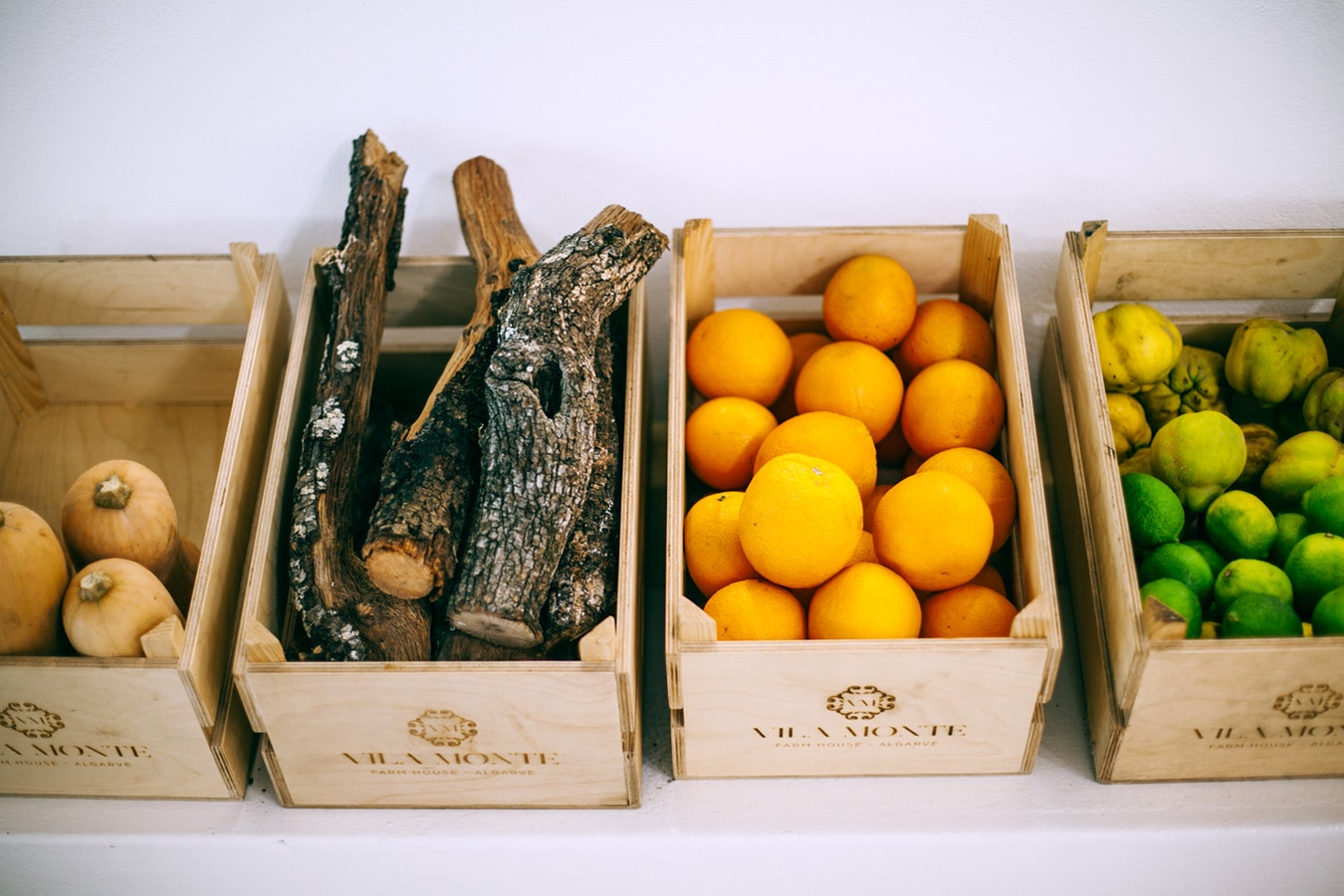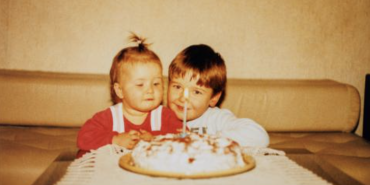Compassion in a Box

"Why is the food pantry box in the corner?" Talia asked.
With deep concern etched across her face, Talia pointed to the wooden box nestled back in the far corner of the sanctuary. Without her extended arm I wouldn't have noticed the box resting outside primary lines of vision. Situated in the corner, the box and all it symbolized was easily overlooked and conveniently forgotten. This concerned Talia.
Talia's straightforward question about the box's location indicted us. The truth of our space was clear: it had become sanctuary from our neighbors. A child's soft voice masked the prophetic utterance buried beneath the question.
Standing face to face with Talia, I didn't have time to call a board meeting or work toward a congregational vote on the matter. I needed an answer.
"I don't know," I confessed.
In those last few moments before the call to worship, she and I agreed on a plan. The following Sunday began the season of Lent. As part of our Lenten journey we would place the food pantry box in front of the communion table and invite people to donate food each week as a part of our regular tithes and offerings. She liked the idea!
The following Sunday I shared Talia's question with the congregation. One could sense the congregation's support for Talia's "Lenten project." We could support Talia for the next several weeks. Prior Lenten habits told us we could do anything for a season. No chocolate = no problem! We were Lenten discipline experts.
For that Lenten journey, some gave up purchasing daily cups of coffee and used those resources for food donations. Others prayed and fasted, purchasing food in place of their own meals. Acts of piety linked to acts of mercy. Each week the box overflowed with canned goods, cereal boxes, toiletry items, and bottles of juice. The local food pantry admired our assistance. Yet we didn't know how deeply God was working among us.
Easter Sunday arrived. We celebrated Jesus' resurrection.
And then another question arose. "Do we put the food pantry box back in the corner?" No one asked the question. It hovered over us. The question arose from Scripture. Lord, when was it that we saw you hungry and gave you food or thirsty and gave you some to drink? (Matthew 25:37 NRSV).
While no one knows how the food pantry box landed in the corner originally, we knew our answer to this subsequent question would be a formal, conscience decision in front of our children. This was no small decision. Decisions about building gymnasiums and larger sanctuaries paled in comparison to this question.
Our commitment to the gospel hung in the balance.
Today, over five years later, the food pantry box remains stationed right in front of the communion table. This mismatched, out-of-place piece of furniture in our sanctuary prevents congregational amnesia.
Each week, parishioners donate items for hungry neighbors. We don't track which parishioners bring grocery bags of food. We don't total how many bags of food we deliver to the local pantry. We don't monitor the items donated. We bring food. We share gifts. We remember others.
Perhaps subtle and incremental transformation continues deep within us. When we shop for ourselves and our families, the image of the food pantry box reminds us to put extra cans of soup and bottles of juice in the shopping cart. When our teens work to alleviate world hunger, parishioners donate financial resources as a way of joining in the fight. When we stumble around the food pantry box to receive the bread and the cup at the table of Holy Communion, we pray for all those hungering and thirsting after God.
Are we a more compassionate people today than we were a few years ago? I don't know. The time lag between our acts of love and service appears to be closing. No longer do we only remember our neighbors at Thanksgiving and Christmas.
"Truly I tell you, just as you did it to one of the least of these who are members of my family, you did it to me" (Matthew 25:40 NRSV).
Jeffrey T. Barker is senior pastor of Bethel Church of the Nazarene and serves as associate professor of practical theology at Eastern Nazarene College. He lives in Quincy, Massachusetts, with his wife, Stacey, and their daughters, Emily and Abigail.
Holiness Today, January/February 2014
Please note: This article was originally published in 2014. All facts, figures, and titles were accurate to the best of our knowledge at that time but may have since changed.




